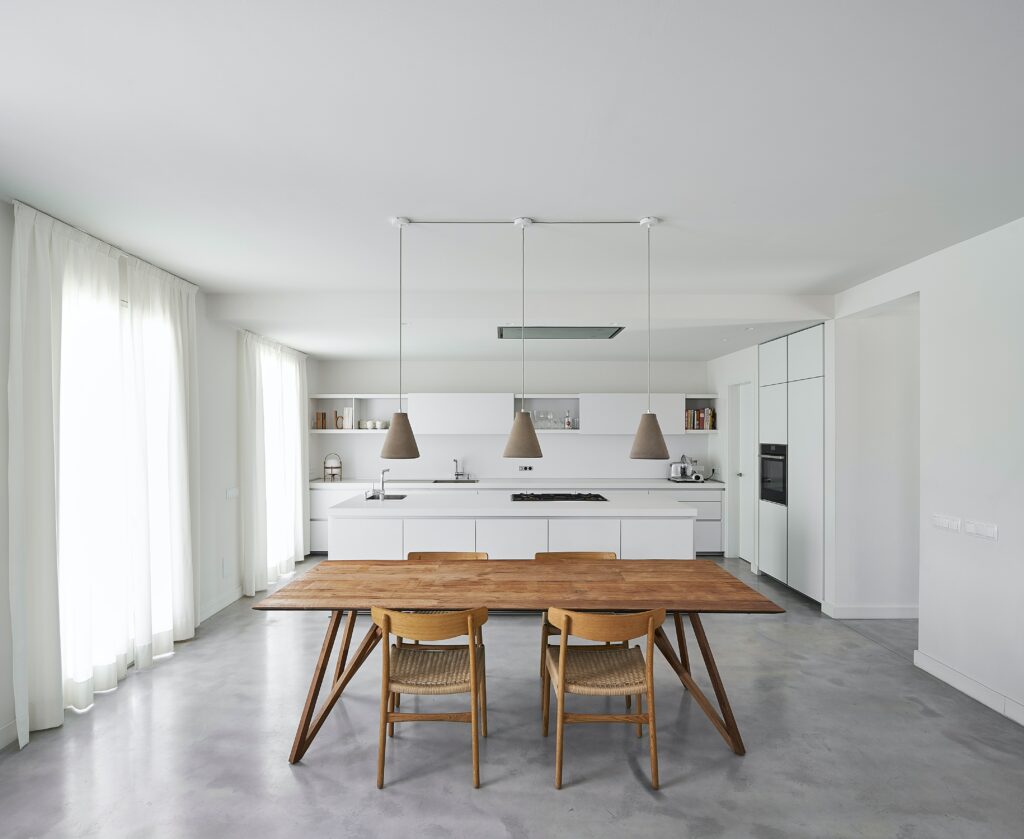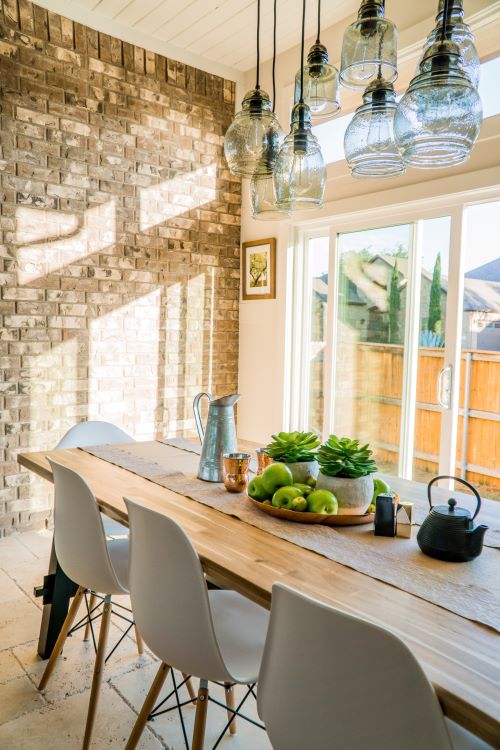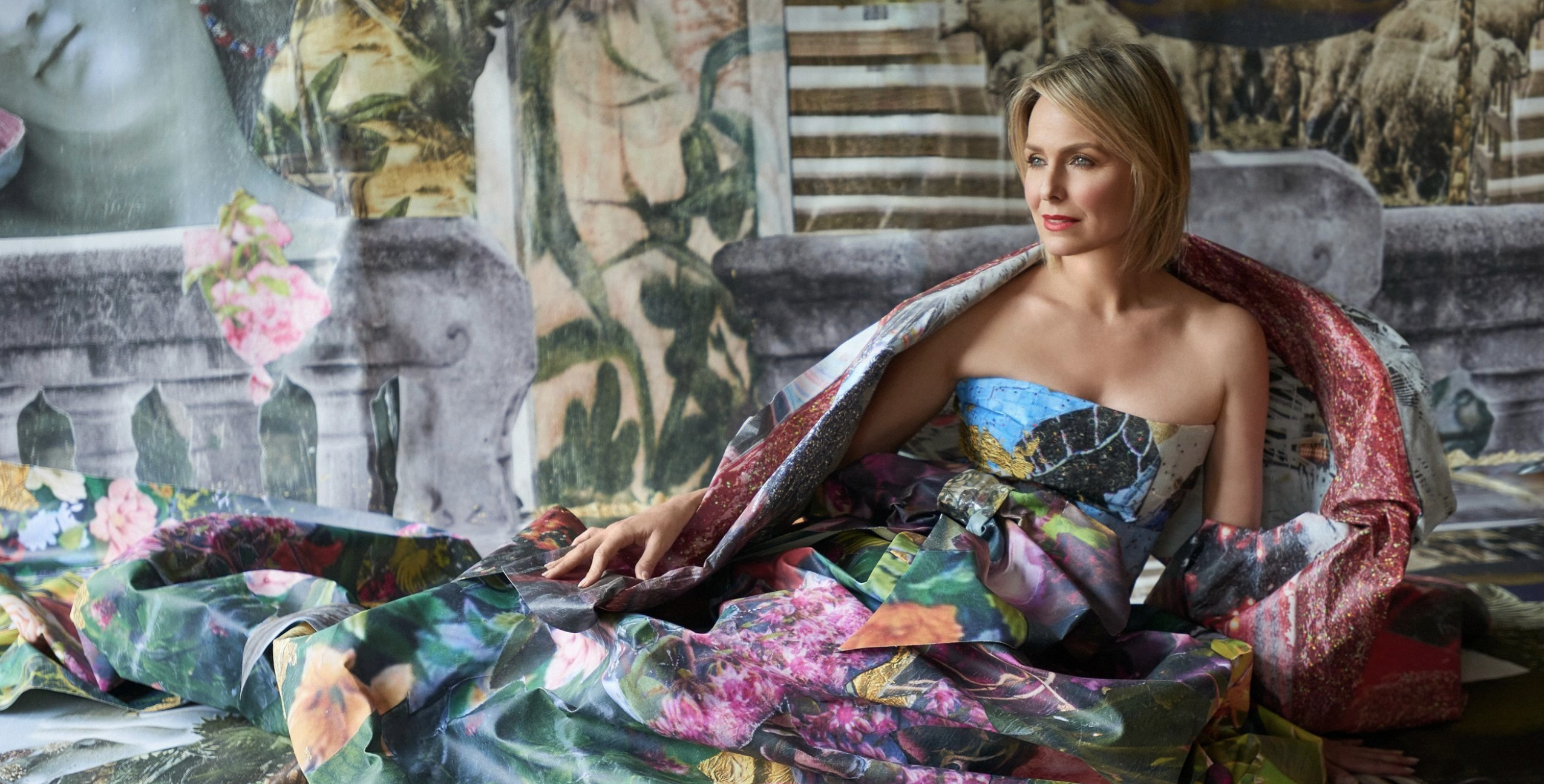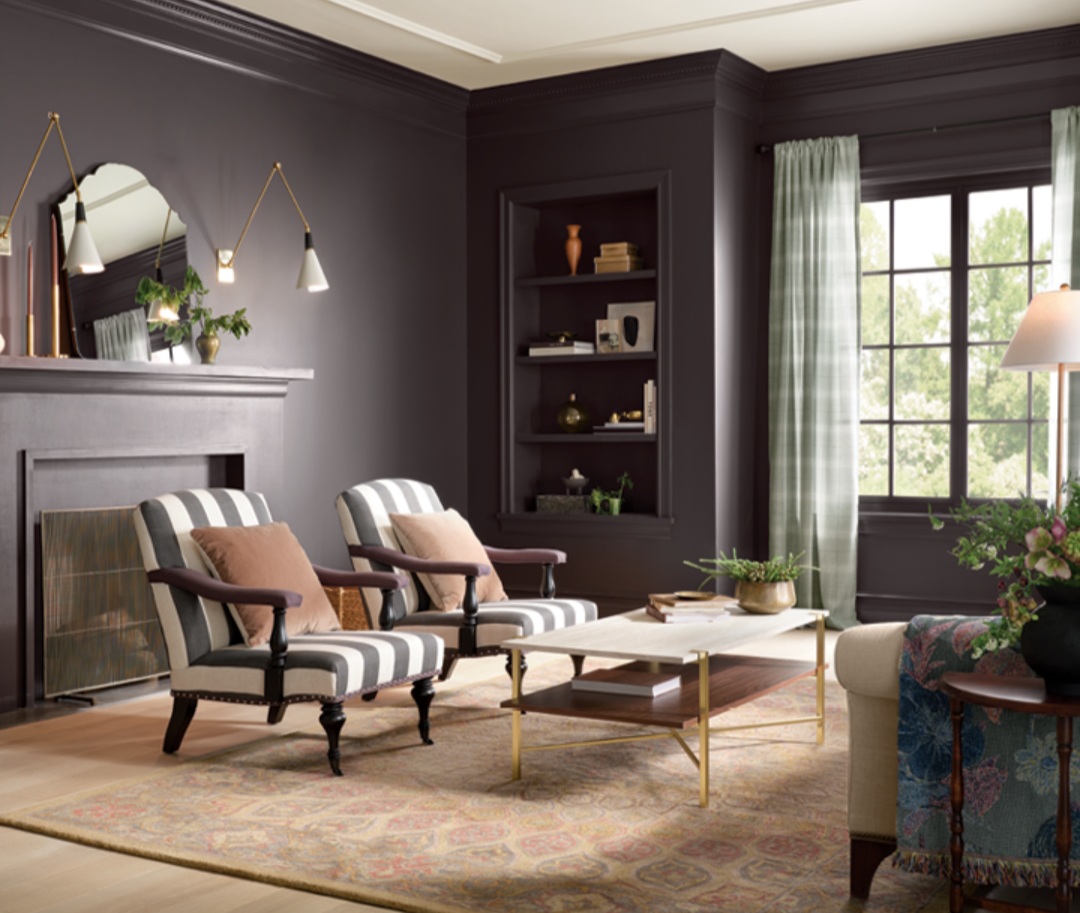My father and stepmother are selling a home in Wisconsin that has been in her family since 1911, first owned by her grandmother, then her mother and then her. They have another, completely furnished home in Florida, so except for some family heirlooms, they need to sell or give away everything.
They knew it would be an arduous process, with all the packing and cleaning. But my father and stepmother did not envision having trouble finding places to take their furnishings, all in good condition because they are meticulous about maintaining their homes and belongings.

Antiques dealers told them they can’t sell their current inventory so they aren’t taking consignments. The local Salvation Army and Goodwill have long lists of items they simply will not take. Local churches would accept only in-season clothing. A free “store” that supplies needy residents turned my father and stepmother away completely: The organization has too much stuff in its warehouse already.
My father is joking about leaving items in neighbors’ front yards as they drive out of town, as people do with bumper crops of zucchini and rhubarb.
Friends in real estate tell me the same thing: Clients trying to downsize are having a tough time giving away — let alone selling — their home furnishings.
And the survey says …
I thought of these anecdotes as I was looking at style data from our new, exclusive Consumer Insights Now research, done in conjunction with our sister publications Home News Now and Casual News Now. (We released full national results on Sept. 12. Results from five regional breakdowns will follow in the coming weeks.)
The survey asked respondents — all of whom were consumers in the market for home furnishings in the second half of 2022 — “Please think about your style when it comes to home furnishings. Which of the following images represent your style?” They were then shown photo pairs representing eight aesthetics: contemporary, industrial, maximalist, midcentury modern, minimalist, modern farmhouse, rustic and traditional.
More than half of consumers chose minimalist as their personal style — far ahead of the others. Two of the least popular styles were maximalist and traditional, both known for more layered, accessory-rich room designs, and embellishment on furniture and accessories.
Diving into the data break downs by generation, I expected younger consumers to be among the biggest fans of minimalist design — and they definitely are — but more than half of every generation surveyed, from Generation Z to baby boomers, favor minimalism.

Modern farmhouse, itself a cleaner aesthetic than traditional farmhouse, came in second overall, with 35% of all consumers favoring the look. The other styles breakdown fairly evenly, with 14% to 21% of all generations, favoring each one, meaning, I think, that there’s a significant portion of consumers drawn to each aesthetic.
The Consumer Insights Now research indicates Gen Z and millennials are going to disproportionately drive home furnishings buying during the second half this year, making seven out 10 purchases. So, let’s look at styles favored by those generations, which are strikingly similar.
The top three design styles preferred by both Gen Z and younger millennials are minimalist, modern farmhouse and industrial. (Adults in Gen Z are ages 18-25; younger millennials are ages 26-33.)
Older millennials (ages 35-41) also prefer minimalist and modern farmhouse. Their No. 3 preferred style is midcentury modern.
Takeaways
I see a clear connection between my father and stepmother’s downsizing dilemma and the Consumer Insights Now survey results on style trends: Less is more.
By definition, minimalist design is pared down, meaning it requires fewer pieces of furniture and far fewer accessories to create. Modern farmhouse, industrial and midcentury modern tend toward that same direction.
What does that mean for our industry, besides offering upholstery, case goods and accessories in keeping with a minimalist aesthetic?
Well, first, minimalist design gets a functional boost from multitasking furniture. If you don’t want to crowd a lot of furniture into a room, each piece needs to offer maximum functionality. We already see great multifunctional furnishings — a multipiece coffee table that can be pulled apart to serve as side tables or even extra seating; ottomans with storage compartments; modular, rearrangeable sofas. Meeting the needs of minimalist design fans will require more creative, multipurpose pieces.
Multitasking, functional accessories make sense, too: decorative bowls that can stand in as serving pieces and catchalls; throws that go from bed to sofa.
We might also need a different approach to accessories, for instance, emphasizing statement pieces that add color and texture, but also marketing accessories as a way to easily freshen a space, seasonally or annually. If consumers want or need fewer accessories, the industry needs to give them reasons to purchase them more often.
Lastly, consumers investing in minimalist designs may be more inclined to spend a bit more for high-quality pieces. When a sofa, coffee table, light fixture and rug are going to be the stars of a room, you want those pieces to be the best you can afford.
About the survey: Consumer Insights Now surveyed 1,993 U.S. consumers from July 11-13, 2022. All respondents planned to purchase one or more home furnishings products between July and December 2022, and all were either the primary or joint purchase decision-maker. The sample includes a mix of females and males, ages 18 to 74, and includes a representative mix of ages, ethnicities, household incomes and homeowners/renters. National results were released Sept. 12. Results from five regional breakdowns will be released each of the following weeks. Dana French, who has more than 20 years of home furnishings and consumer research experience, leads Consumer Insights Now project, which is sponsored by ChargeAfter and Genesis Credit.






